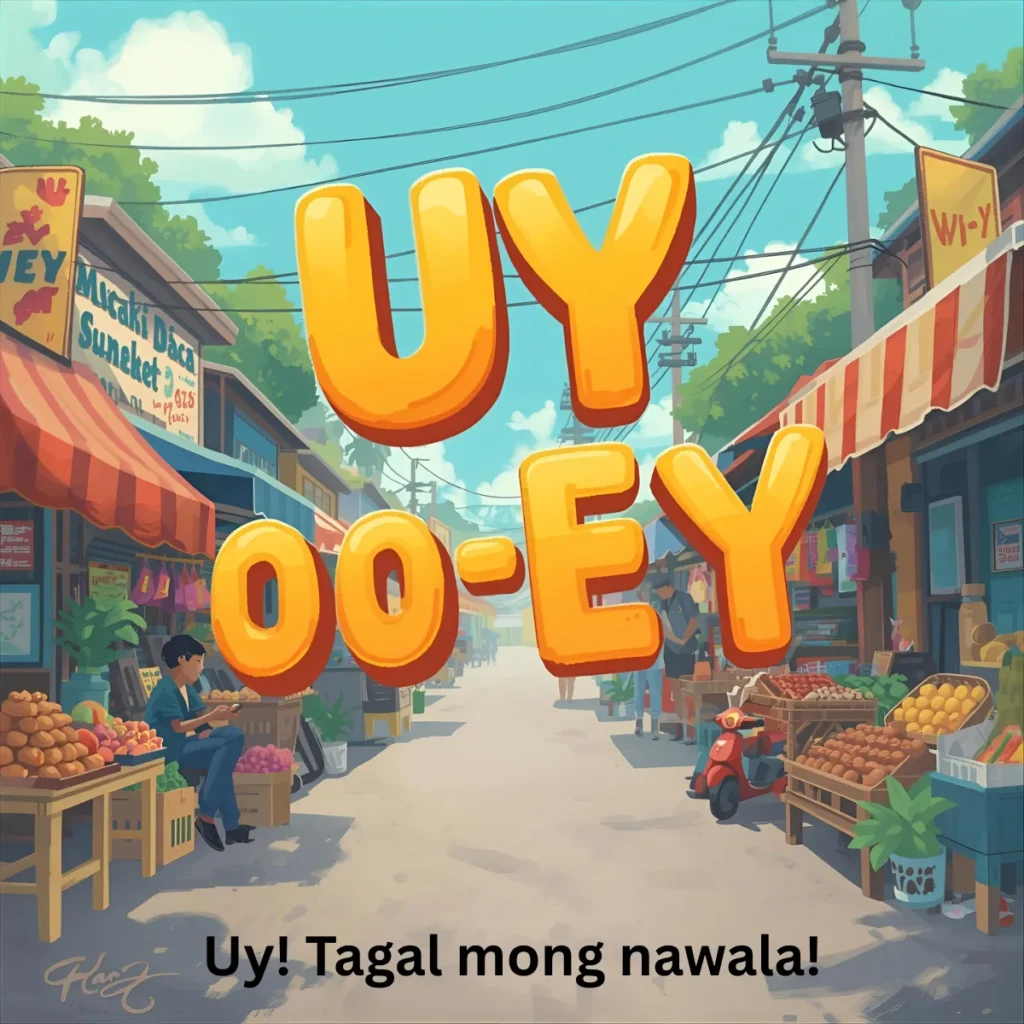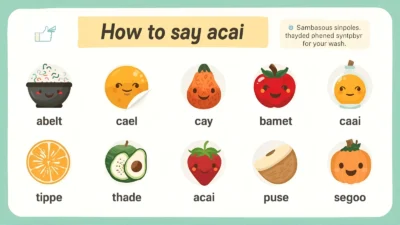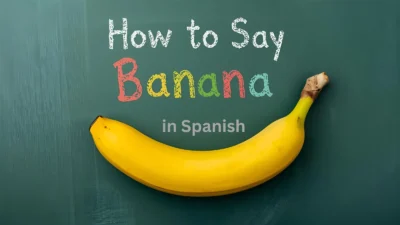Learning how to say hi in Filipino is a simple yet meaningful way to connect with native speakers. The most common and universal greeting is Kumusta, which works in both casual and polite settings.
You’ll also find variations like Hi (borrowed from English) and Hello, which are widely understood and often used in everyday conversations. Mastering these greetings helps you sound friendly, approachable, and respectful in Filipino culture.
Adding the right tone and context makes your greeting feel even more genuine, and practicing how to say hi in Filipino regularly will make you sound more natural.
Say Hi in Filipino
15 Phrases Table
| No. | Filipino Phrase | English Meaning |
|---|---|---|
| 1 | Kumusta | Hi / How are you |
| 2 | Hi | Hi (borrowed from English) |
| 3 | Hello | Hello (borrowed from English) |
| 4 | Hoy | Hey (casual, slang) |
| 5 | O, kumusta | Oh, hi / How are you |
| 6 | Kamusta ka | How are you? (informal) |
| 7 | Magandang araw | Good day |
| 8 | Magandang umaga | Good morning |
| 9 | Magandang hapon | Good afternoon |
| 10 | Magandang gabi | Good evening |
| 11 | Musta | Shortened form of Kumusta |
| 12 | Uy | Hey (to get someone’s attention) |
| 13 | Hi, kumusta | Hi, how are you? |
| 14 | Kamusta po kayo | How are you? (polite) |
| 15 | Ano balita? | What’s up? |
1. Kumusta? (How are you?)

Origin:
Borrowed from the Spanish “¿Cómo está?”, this has evolved into the standard Filipino greeting.
Example:
👤 User A: Kumusta, Liza?
👤 User B: Mabuti naman! Ikaw?
Use: Most common everyday greeting.
2. Kamusta ka? (How are you?)
Origin:
A slightly more personal form of Kumusta, addressing one person.
Example:
👤 User A: Kamusta ka, Mark?
👤 User B: Okay lang, salamat!
Use: Friendly and polite.
3. Hello!
Origin:
Borrowed directly from English, widely understood and used in urban areas.
Example:
👤 User A: Hello! Long time no see!
👤 User B: Hello! Kamusta ka na?
Use: Universal, casual, and modern.
4. Hi!

Origin:
Also from English, often used among friends, especially the younger generation.
Example:
👤 User A: Hi, Anna! Ready for class?
👤 User B: Hi! Almost!
Use: Very casual and friendly.
5. Oy!
Origin:
An informal exclamation to get someone’s attention—common in street talk or among friends.
Example:
👤 User A: Oy! Teka lang!
👤 User B: Uy! Bakit?
Use: Very informal, playful tone.
6. Uy!

Origin:
Pronounced like “oo-ey”, it’s another informal Filipino way to say “hey!”
Example:
👤 User A: Uy, ikaw na pala ‘yan!
👤 User B: Uy! Tagal mong nawala!
Use: Fun, familiar; used when surprised or calling out.
7. Magandang Umaga (Good Morning)
Origin:
A polite greeting based on the time of day. “Maganda” = beautiful; “umaga” = morning.
Example:
👤 User A: Magandang umaga po, Ma’am.
👤 User B: Magandang umaga rin!
Use: Formal or polite settings; often includes “po” for respect.
8. Magandang Hapon (Good Afternoon)
Origin:
“Hapon” means afternoon; this is used in formal conversations after lunch until sunset.
Example:
👤 User A: Magandang hapon, Sir!
👤 User B: Magandang hapon din!
Use: Formal greeting during the afternoon.
9. Magandang Gabi (Good Evening)
Origin:
“Gabi” means evening; this is used when greeting someone after dark.
Example:
👤 User A: Magandang gabi, Nanay.
👤 User B: Magandang gabi, anak.
Use: Respectful and time-appropriate.
10. Anong balita? (What’s the news?)
Origin:
A casual, modern way to ask “What’s up?” in Filipino.
Example:
👤 User A: Oy! Anong balita?
👤 User B: Wala naman. Chill lang.
Use: Friendly and relaxed; used among peers.
11. Kamusta na? (How are things now?)

Origin:
A variation of “Kamusta” with “na” (already/now), used to catch up with someone.
Example:
👤 User A: Kamusta na, pare?
👤 User B: Ayos lang, ikaw?
Use: Common when reconnecting with someone.
12. Hoy! (Hey!)
Origin:
Used to call attention, sometimes playfully or as a warning.
Example:
👤 User A: Hoy! Anong ginagawa mo d’yan?
👤 User B: Wala lang! Tinitingnan ko lang.
Use: Informal and attention-grabbing; tone matters!
13. Hi, ate/kuya! (Hi, older sister/brother)
Origin:
“Ate” and “Kuya” are respectful terms for older siblings or peers. Adding them makes greetings warmer.
Example:
👤 User A: Hi, Ate Jen!
👤 User B: Hello! Kamusta ka na?
Use: Friendly, respectful; common in Filipino culture.
14. Hi po (Hi, with respect)
Origin:
“Po” is a marker of respect in Filipino. Used when greeting elders or strangers politely.
Example:
👤 User A: Hi po, magandang araw!
👤 User B: Hi din, iha!
Use: Polite and formal tone, especially for elders.
15. Musta? (Short for “Kumusta?”)
Origin:
Slang abbreviation of “Kumusta”, similar to how “What’s up?” becomes “Sup?”
Example:
👤 User A: Musta, bro?
👤 User B: Ayos lang, tol.
Use: Very casual and common in text or youth slang.
Conclusion:
Learning how to say hi in Filipino goes beyond just knowing a word—it’s about creating a warm first impression and building genuine connections. Whether you use Kumusta, the casual Hi, or friendly slang with peers, each variation reflects respect and friendliness. With practice and the right tone, your greetings will feel natural and authentic in any Filipino conversation.



